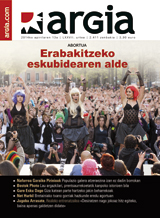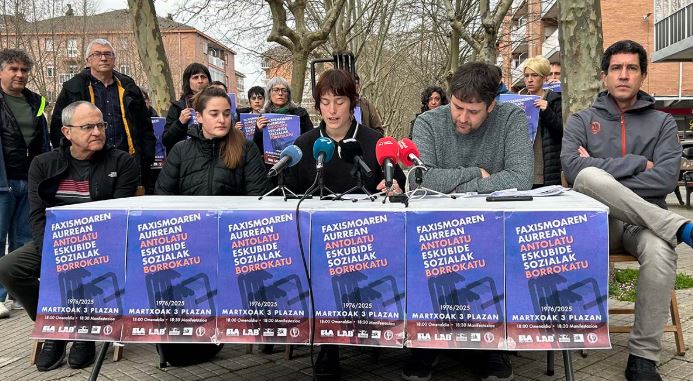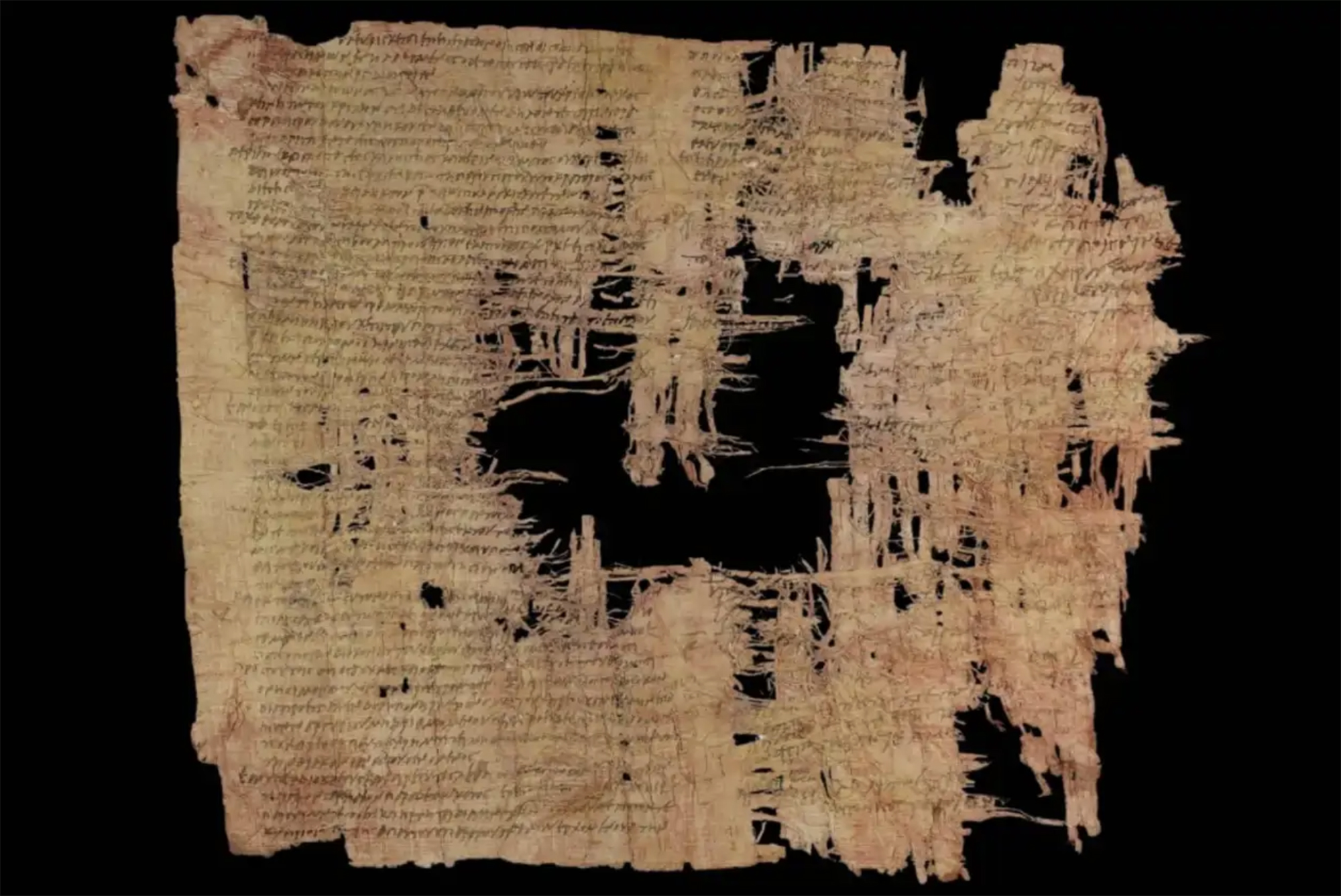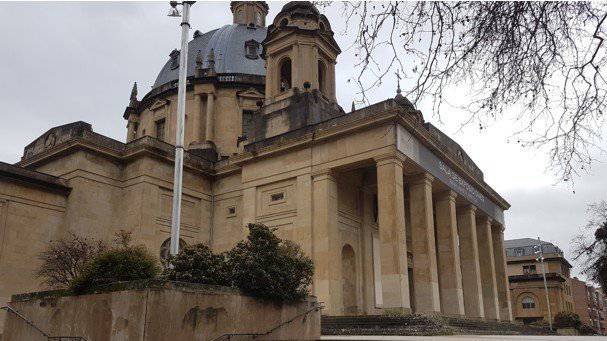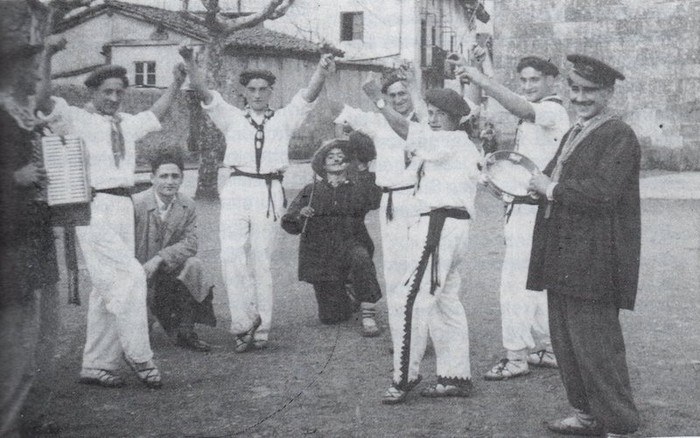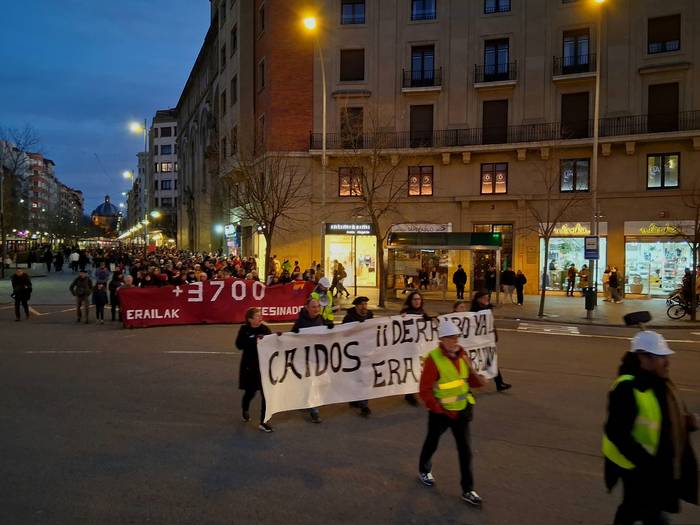In five months they “conquered” three times the mucous stone
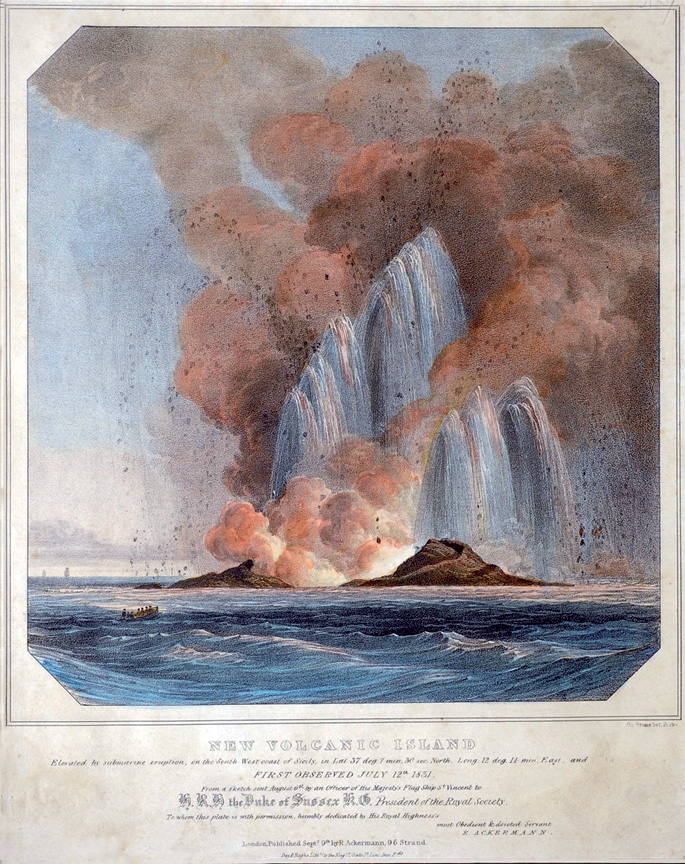
Mediterranean Sea, July 1831. The Empédocles underwater volcano erupted, about twenty miles from the south coast of Sicily. As a result of the eruption, an islet of 1.6 square kilometres with two lakes inside was formed. It was not the first time that the volcano founded an island; the oldest allusion to the eruptions of Empédocles dates from the time of the First Punic War, in the fifteenth century a. 3rd century. But the phenomenon did not arouse the interest it had aroused until then in that summer of 1831.
The new island was first seen on 12 July. On 2 August, almost without giving it time to cool the oven, English captain Humphrey Fleming Senhouse left Malta to conquer a new plot. He named the island Graham Island and placed the British flag on the hard material that the volcano had thrown. On 17 August, a ship Fernando II.aren, king of the Two Sicilias, arrived on the island. The Senhouse flag was withdrawn and instead the complex shield of the kingdom of the Two Sicilias was deposited. He was also renamed to Fernando, in honor of the monarch.
From the point of view of geographical proximity, it seemed logical to leave the island in the hands of the Sicilians, but not everyone thought the same. On 29 September, a French scientific expedition set its flag and gave the third name to the field: Île Julia.
The European powers took to the extreme the obsession of accumulating even the smallest parts of the territory and caused almost an international conflict for the sovereignty of the island. But the last word, or rather, the last one, was by nature. Solidified lava formed porous rocks that easily drained and the waves caused the island to fade. By 17 December there was no trace of the island above the water level. The small land, which in five months had three names and three owners, was submerged.
Although there has been no other outbreak of Empédocles since then, for the time being, the United States Army has had the last word on the matter, as is customary. In 1986, US air forces bombed Libya at El dorado Canyon, where they were arrested. On the way to Libya, the bombers detected a suspicious shadow in the sea and, thinking it was underwater, bombed it. What was seen from the air was only the hint of what Graham, Ferdinand and and Julia had been.
In the Maszycka cave in Poland, remains of 18,000 years ago were found at the end of the 19th century. But recently, human bones have been studied using new technologies and found clear signs of cannibalism.
This is not the first time that a study has reached this conclusion,... [+]
Porzheim, Germany, February 23, 1945. About eight o’clock in the evening, Allied planes began bombing the city with incendiary bombs. The attack caused a terrible massacre in a short time. But what happened in Pforzheim was overshadowed by the Allied bombing of Dresden a few... [+]
Poloniar ikerlari talde batek Sevillako Italica aztarnategiko Txorien Etxea aztertu du, eta eraikinaren zoruko mosaikoak erromatar garaiko hegazti-bilduma xeheena dela ondorioztatu du.
Txorien etxean 33 hegazti daude mosaikoetan xehetasun handiz irudikatuta. Beste... [+]
Judea, 2nd century AD. In the turbulent atmosphere of the Roman province, a trial was held against Gaddaliah and Saul, accused of fraud and tax evasion. The trial was reported on a 133-line paper in Greek (pictured). Thinking that it was a Nabataean document, the papyrus was... [+]
Vietnam, February 7, 1965. The U.S. Air Force first used napalma against the civilian population. It was not the first time that gelatinous gasoline was used. It began to be launched with bombs during World War II and, in Vietnam itself, it was used during the Indochina War in... [+]
Archaeologists have discovered more than 600 engraved stones at the Vasagård site in Denmark. According to the results of the data, dating back to 4,900 years ago, it is also known that a violent eruption of a volcano occurred in Alaska at that time. The effects of this... [+]









